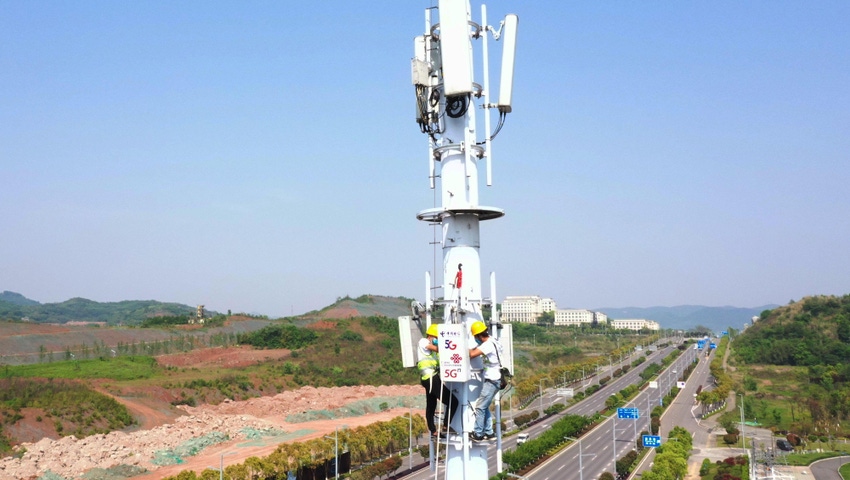China's 5G users resent being pushed on to… 5G
Many Chinese 5G customers prefer 4G and are unhappy at attempts to drive them onto the newer networks.

It may sound an odd problem, but a lot of Chinese 5G users are up in arms at efforts to drive them onto 5G networks. The hottest topic in China's mobile sector in the past month has been user resentment at the disappearance of the "5G switch."
The "switch" is one of those only-in-China technologies, a pulldown option on the homescreen that has allowed users to easily switch off 5G and remain on 4G. It was introduced in the early days of 5G in China when coverage was limited but is now being phased out. The operators and the ministry won't certify devices with the pulldown switch.
However, according to media reports, it seems each phone model has a slightly different specification. Some allow for seamless default back to 4G, some allow for manual toggling, while others make it quite hard to switch to 4G even if there is no 5G available.
The reason for the change is simple: operators want to get the maximum out of 5G and drive traffic off their less-efficient 4G networks. But people outside China may be puzzled as to why users with an expensive 5G phone want to use 4G.
Deadspots
The most common reasons cited are extending battery life or reducing data charges – because even on a big 5G data plan, Chinese consumers like to watch their consumption.
In addition, quite a few are complaining that they feel railroaded by the operators on something that should be their choice. The obvious problem in the attempt to push people on to 5G is that, even with some 3 million basestations, there are plenty of deadspots.
In a typical example, one user, Ms Qu, told Beijing Daily she was embarrassed by the lack of 5G in a carpark when she tried to pay her parking fee. She said she had to enter "developer mode" in her Samsung phone to manually switch to 4G and complete the transaction.
With a 5G user population of 754 million, and the indispensable role of app-based payments in China's daily economy, this sounds like more than a trivial problem. Ms Qu is one of those dissatisfied at the heavy 5G power consumption and also says she sees no extra performance out of 5G, so prefers to stay on 4G.
In the past week, this "5G switch" drama has helped resurface the anxieties over the planned 2G and 3G shutdowns.
These legacy networks are supposed to shut down by the end of the 14th Five-Year Plan in 2025, but so far operators have not issued a timetable. The networks primarily serve older users and those in rural areas.
The Chinese Ministry of Industry and Information Technology (MIIT) issued a statement in which it acknowledged the closure of the legacy networks was "inevitable" because of the need to better use spectrum resources and save energy. But it said the transition "cannot occur at the drop of the hat" and called on operators to plan early and ensure rights are protected.
All good points – but it made almost the same arguments in its appeal to the industry four years ago.
Read more about:
AsiaAbout the Author(s)
You May Also Like












